TurkStream: Russian Trojan Horse to Europe
Gazprom, Russian state-owned natural gas company has long maintained efforts to protect its share on the European and Turkish natural gas market. Along with Nord Stream 2 project, Gazprom’s TurkStream pipeline could strengthen Russia’s influence in the European energy market, as well as could cement Turkey’s status as a lead recipient of Russian gas, at a time of relatively strong Turkish-Russian relations. Unlike the case of the Nord Stream 2 gas pipeline, Gazprom has not encountered any major obstacles while constructing TurkStream. In 2018, Russia had supplied approximately 40% of the EU natural gas import and about 53% of Turkey’s. Turkey is the second biggest market for the Russian gas after Germany.
However, some Western experts believe that excess gas capacity can be used as a geopolitical lever in dependent countries.
Turkey’s business circles has welcomed the positive atmosphere of the meeting between Turkish President Recep Tayyip Erdoğan and his U.S. counterpart Donald Trump held on June 28 in Osaka on the sidelines of G20 summit. Trump gave a clear sign that his administration will not seek the path of any sanctions against Turkey. Tensions between the U.S. and Turkey have escalated in recent months over the contradictions between the course of Turkey to win the status of regional leader and the opinion of Washington on this issue, as well as over the Russian S-400 air defense systems purchase, which Washington said will jeopardize Turkey’s role in the F-35 fighter jet program and could trigger sanctions. Trump added, they have been working on a roadmap for a while which will be presented to both presidents during Trump’s Turkey visit in July.
During the meeting of two presidents another main issue remained disregarded – realization of the TurkStream pipeline, a Russian-led export gas pipeline stretching from Russia to Turkey across the Black Sea with capacity of 31.5 bcm of gas per year from which 15.75 bcm through the first string is intended for the Turkish consumers and another 15.75 bcm – for Southern and Southeastern Europe.
Until recently, Trump Administration and some congressmen positioned themselves to be opponents of the Russian pipelines, trying to limit Russian gas dominance in Europe. The last meeting with Erdogan demonstrated, that Trump wants to leave a space for maneuvre. It remains an open question whether Trump has meant no sanctions only for S-400 case, or this statement also concerns TurkStream pipeline, as under the ESCAPE Act (Energy Security Cooperation with Allied Partners in Europe Act of 2019) introduced to the U.S Senate on June 13, 2019 by the group of senators led by John Barrasso “The President shall impose five or more of the sanctions described in section 235 of the Countering America’s Adversaries Through Sanctions Act (22 U.S.C. 9529) with respect to a person […], makes an investment described in subsection (b) or sells, leases, or provides to the Government of the Russian Federation, or to any entity owned or controlled by that government, for the construction of Russian energy export pipelines, goods, services, technology, information…”
Between Turkey and Russia, a strategic stake has been created in the form of a package of major joint projects and their accompanying contracts. The $ 2.5 billion S-400 arms deal complements Rosatom’s construction of the first on the Turkish territory the Akkuyu NPP on the Mediterranean coast of the country and the TurkStream gas pipeline with a potentially access to the European market. The nuclear power plant, the gas pipeline and the S-400 in total express the signs of a “geopolitical choice” of Turkey.
Recent stance of Bulgaria
On June 23, 2019 Bulgarian Prime Minister Borisov and European Commissioner Yunker approved the creation of a gas storage facility near the city of Varna. Press office of the Bulgarian government characterized this initiative as “an unprecedented opening of the Bulgarian gas market”. The TurkStream as planed should become one of the main sourсes of gas supply to Bulgarian market . Gazprom’s selection of the transit route through Bulgaria (instead of Greece) gave impetus to Sofia’s plan to build a Balkan Gas Hub that would mainly rely on Russian gas from TurkStream 2. But the Balkan Gas Hub project faces the challenge of receiving approval by the European Commission. If Brussels gives it a green light, TurkStream 2 would replace the Trans-Balkan pipeline in supplying Russian natural gas to the Balkans via Ukraine. In that case, the Trans-Balkan pipeline from Ukraine would be shut off and used in the reverse direction from south to north.
Near the Bulgarian city of Varna, the TurkStream 2 pipeline would be extended westward to Serbia, Hungary, Slovakia and eventually Austria. Hungary will launch a procedure to contract for gas capacity of the TurkStream pipeline in September, Minister of Foreign Affairs and Trade Péter Szijjártó said after a meeting of the Hungarian-Bulgarian Joint Economic Committee in Budapest on April 16, 2019. At the beginning of June, talks between Russia and Slovakia were held about Bratislava joining the TurkStream. As a result of the meeting, there were not found clear common points and mutually beneficial cooperation areas concerning connecting Slovakia to the TurkStream, but as media cited Slovak Prime Minister Peter Pellegrini, Slovakia is ready to provide its storages for gas that will be delivered via the pipeline.
Sofia strongly advocates the creation of the so called “Balkan gas hub” near Varna on its territory. The Bulgarian side expects that gas will be supplied from Russia through the Black Sea, from Romanian offshore fields, from the Caspian region through the Southern Gas Corridor, from the Middle East and the Eastern Mediterranean, as well as liquefied gas through Greece and Turkey. To this end, yet in 2017, Minister of Energy of Bulgaria Temenuzhka Petkova announced readiness to begin construction of reverse gas pipelines with Turkey in 2018, which will allow to increase the throughput between the two countries from 14 to 15.7 bcm, and ensure the supply of gas in a reverse direction — from Turkey to Bulgaria. At the same time, Boyko Borisov said that everything is being done within the Third Energy Package.
Analysts consider that Bulgaria’s hub ambitions are constrained by the country’s limited interconnector infrastructure and storage facilities, as well as by its energy market, which would likely require reforms to be a viable hub .
Recent stance of Serbia
At the end of May, the Serbian energy minister Aleksandar Antić announced that Serbia has taken delivery of the pipes it will use to construct its section of the TurkStream pipeline to carry Russian natural gas to Europe. “Roughly 7,000 tons of pipes arrived on May 20 with some 50,000 tons more are expected to be delivered by December when the project is scheduled to be completed,” – said minister . Thus, Serbia hopes to become a transit country and genarate revenues. The hopes exist that pipeline will help to enable further reindustrialization of the country. Serbia is the most loyal partner of Russia in the Balkan region, which for many years dreamed of turning into a key Balkan gas transit country as a result of designing the South Stream gas pipeline through its territory, and which actively joined the implementation of the idea of continuation of the TurkStream to the countries of Central Europe.
In a practical sense, on January 26, 2018, the existing company “South Stream d.o.o.” (Južni tok d.o.o.) was re-registered at the new company “Gastrans d. o. o.”, which will be engaged in the construction of the so-called “Serbian stream” — the Serbian section of the continuation of the TurkStream. Like the previous one, the new company, whose leadership remained unchanged — Serb Dusan Bajatovic and Russian Alexandr Syromyatin, are almost Russian property, since 51% of its shares belong to Gazprom, and 49% to the Serbian state-owned enterprise Srbijagas. However, as a member of the Energy Community and a candidate country for the EU membership, Serbia must also adapt and implement the provisions of the EU Third Energy Package. Therefore, the European Union can influence the implementation of the Serbian Stream project with regard to its compliance with the EU gas directives, because the Serbian leadership declares constantly the course for a quick accession to the EU by 2025 at the latest.
Turkey’s energy hub, a balance in the Black Sea and Turkey’s interests in Syria
Ankara’s primary motivation for TurkStream appears to be its own strategic vision to use Turkey’s geographic position as the land-bridge between Europe and the gas-rich regions of the Middle East and Caspian Basin to become a major energy hub. In his speech at the ceremony marking the completion of TurkStream’s undersea segment, Turkish Minister of Energy Fatih Dönmez reiterated this oft-articulated goal in no uncertain terms. More than simply being a mega-transit state for natural gas to reach Europe, Dönmez declared that “Turkey aims to become an energy center, where buyers and sellers meet and where prices are determined.”
Many analysts view TurkStream as a counter to the U.S.- backed Southern Gas Corridor project, which is to transport natural gas from Azerbaijan to Europe. The Southern Gas Corridor consists of three pipelines: the South Caucasus Pipeline (SCP) in Azerbaijan and Georgia, the TransAnatolian Pipeline (TANAP) through Turkey; and the Trans Adriatic Pipeline (TAP), currently under construction from Greece to Italy, via Albania. The total capacity of the Southern Gas Corridor is 16 bcm per year, that equals the first string of the TurkStream intended for the Turkish market. First test deliveries through TANAP to Turkey began in June 2018, and TAP is scheduled to become operational in 2020.
Concept of the Turkmen gas for Turkey and Europe
Russian exports from TurkStream will account for approximately 35% of Turkey’s overall gas consumption. But the question is whether Turkey has a real choice to avoid overdependence on Russian gas. The question is complicated. İn this regard the United States, seeking to prevent a further rapprochement between Turkey and Russia, is actively lobbying for the Trans-Caspian Gas Pipeline Initiative (TCGP).
As Dr Robert Cutler, Senior Researcher at the Institute of European, Russian and European Studies, Carleton University, considers , the first attempt to develop the TCGP foundered in the late 1990s, when Italian engineers developed new technology enabling Gazprom to lay an ultra-deep pipeline under the Black Sea for direct supplies to Turkey. Based on it, Russia proposed the Blue Stream pipeline to Turkey, two strings of 9 bn m³/yr each. The subsequent take-or-pay agreement with Gazprom affected Turkey’s previous agreement with Turkmenistan. Instead of taking the initially proposed 30bn m³/yr from Turkmenistan, Turkey wished to take only 16bn m³/yr. The second TCGP attempt occurred in conjunction with the White Stream pipeline project for 10bn m³/yr from Turkmenistan under the Black Sea from Georgia to Romania. It was subsequently integrated into the EU’s Southern Gas Corridor (SGC) programme announced in 2009. However, the SCC solution subsequently rejected White Stream as an option—along with the proposed Turkey-to-Austria Nabucco pipeline project, which also foresaw a role for 10bn m³/yr of Turkmen gas— in favour of a more limited Azerbaijan-Georgia-Turkey-Greece-Albania-Italy project.
That scheme, nevertheless, innovated the idea for two entry-points for Turkmenistan’s gas into European markets: the first through the SGC via Turkey; and the second as developed under the original White Stream project, under the Black Sea from Georgia to Romania.
The Caspian Convention signed last August, which affirmed the right of Turkmenistan and Azerbaijan to lay a pipeline on the seabed across their contiguous offshore sectors, without veto rights for any other littoral state, makes it possible for Turkmenistan to take advantage of the new possibilities for gas export to the West.
Conclusions
With first line of TurkStream scheduled to become operational in the end of 2019, Turkey’s energy outlook remains closely bound to Russian natural gas giant – Gazprom. Ankara managed to elicit a 10.25% discount from Gazprom, arguably due, at least in part, to TANAP offering Turkey the potential to reduce its import volume of Russian gas. Nonetheless, Russian exports from TurkStream will account for approximately 35% of Turkey’s overall gas consumption, entrenching Russia’s unassailable position in Europe’s energy market.
Growing LNG-capacities in Europe will be a constraint for Turkey in its path to dictate terms to the EU as a regional gas hub. Instead, it should bear in mind a geopolitical cost of its dependence of the Russian natural gas. Thus, the Turkish-Russian relations crisis of 2015 with violations of Turkish airspace, the harassment of Turkish fighter jets, and significant attacks on Turkish-supported Syrian rebel forces is very bright example.
For the rest European countries through which the route of the TurkStream should be laid down it means growing dependence on Russian economic leverage and gas weapon, as if Nord Stream 2 and TurkStream 2 are realized, Gazprom will obtain possibility to manipulate with volumes of gas and routes of supply.
Yaroslav Samoylov
Share this content:

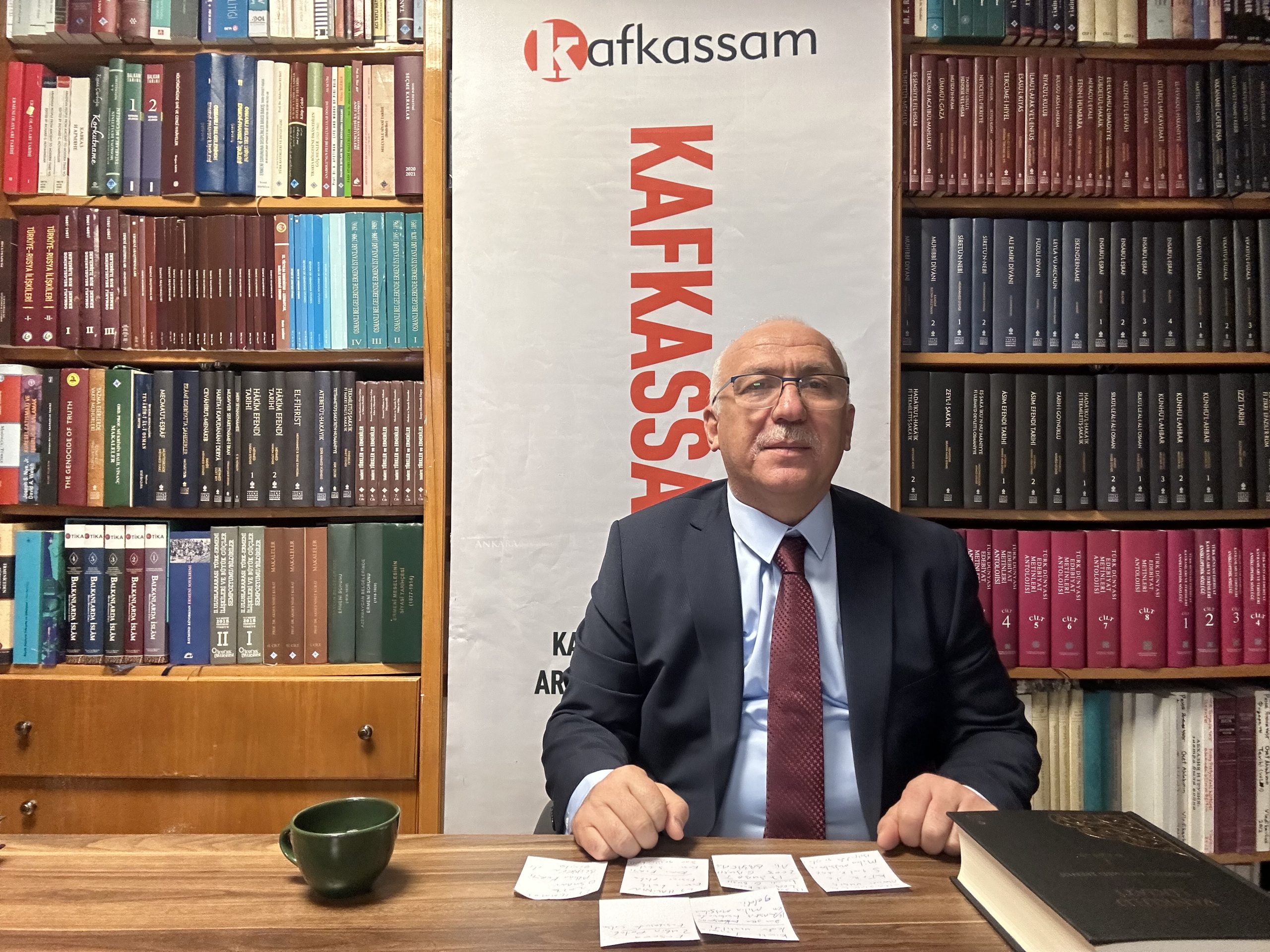

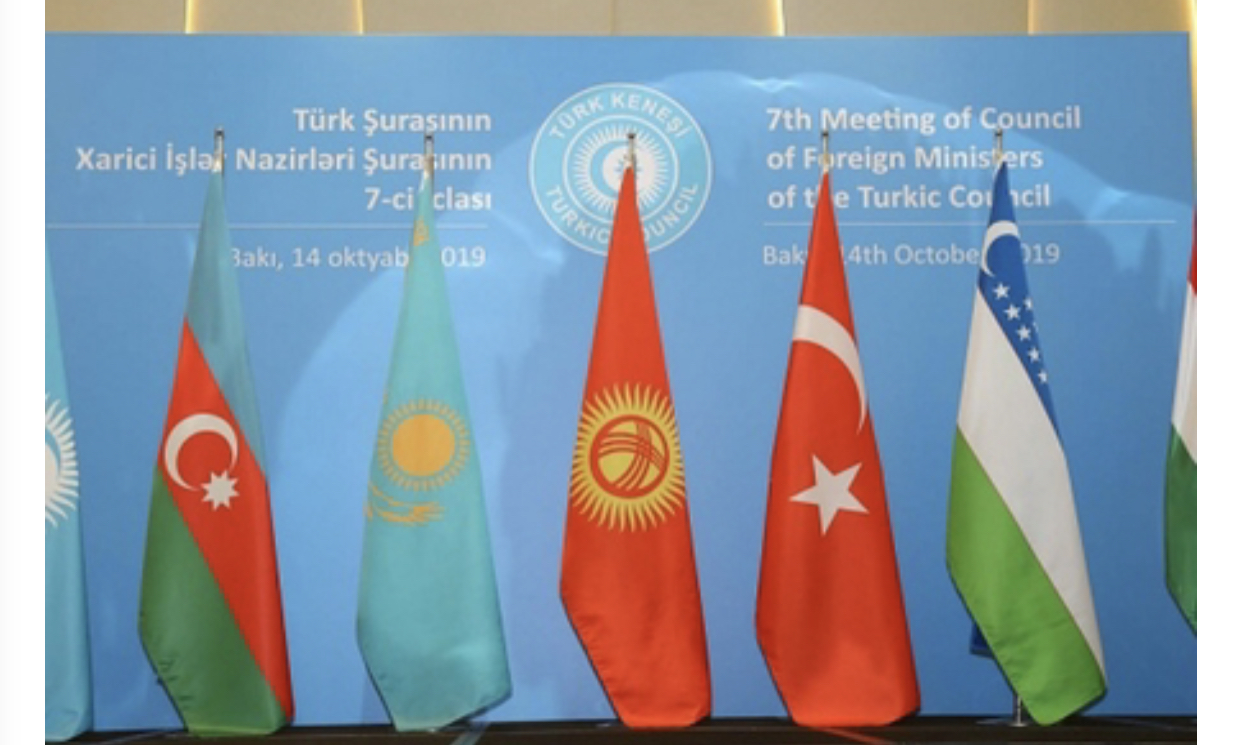
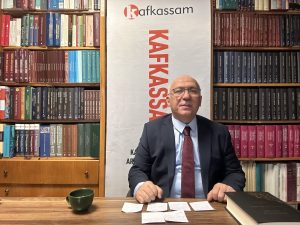
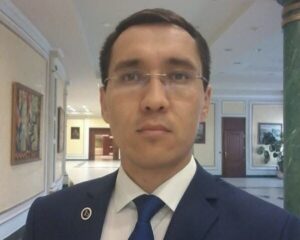
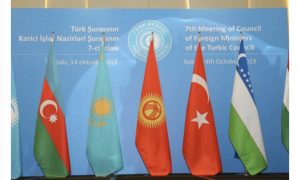


Yorum gönder